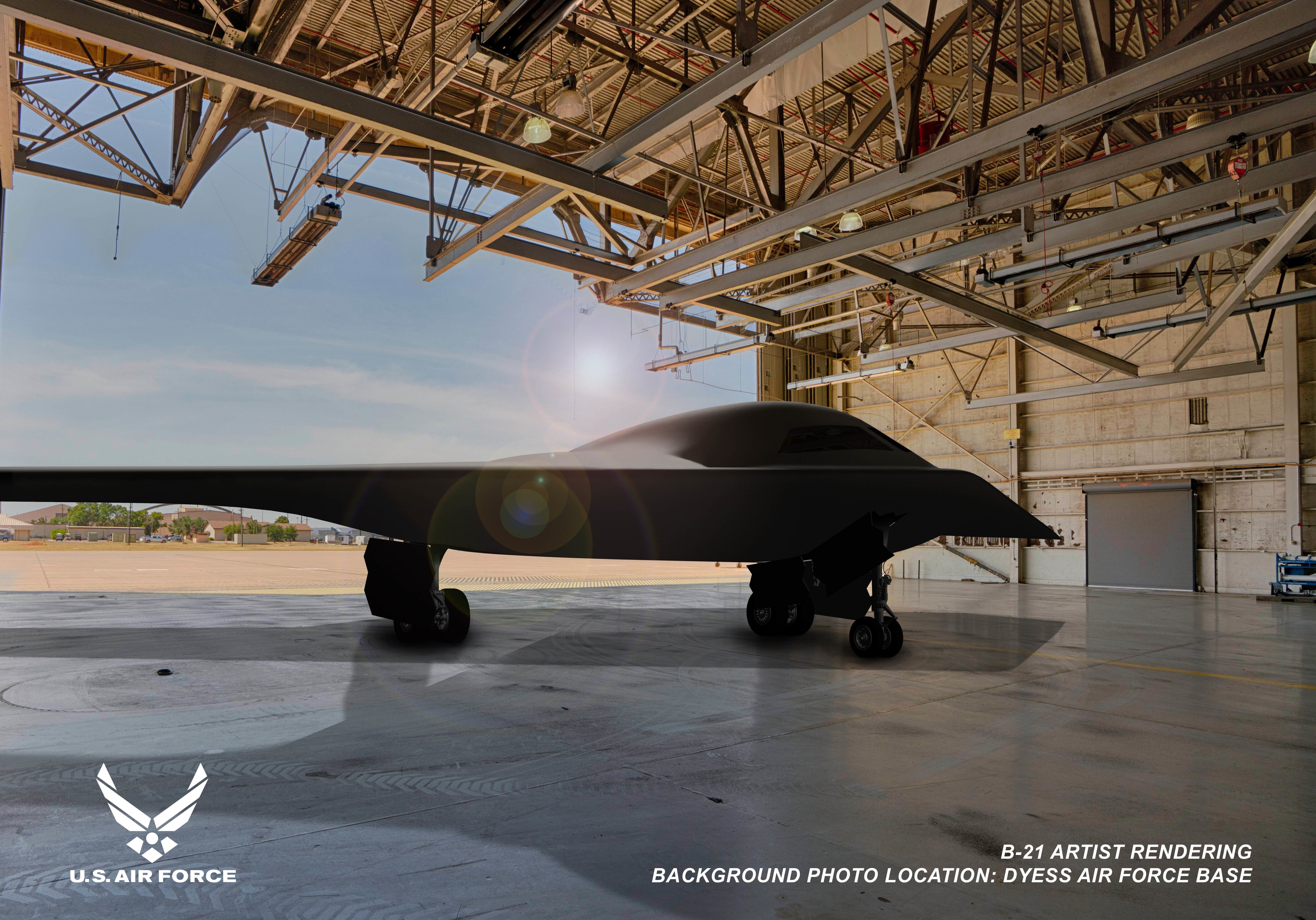While the United States has been focused on fighting the new coronavirus, Beijing has taken advantage of the pandemic’s distraction to step up naval exercises near Taiwan, as well as in the Philippine and South China seas. With the U.S. Navy aircraft carrier Theodore Roosevelt sitting sidelined in Guam, these activities were designed to signal China’s growing might to the region. The U.S. military has the tools to counter such demonstrations and deliver surprises of its own — we just haven’t organized ourselves yet for doing so.
For example, long-range strike bombers launched from Australia, along with a guided-missile submarine, or SSGN, popping up in the vicinity of the South China Sea, might have showcased the U.S. ability to mass anti-ship missiles as a counter-demonstration — signaling to friends and foes alike that the United States has more options to generate Pacific power than relying on expeditionary deployment of carriers and forward-based fighter aircraft.
As an initial step in this direction, Air Force Global Strike Command, or AFGSC, has been refining its “Bomber Task Force” concept. It envisions pulsing groups of four or five bombers to intermediate staging bases in an unpredictable fashion for irregular durations, rather than predictably rotating them to familiar forward bases. This more flexible posture would allow the force to respond globally with significant mass in 48 hours or less.
RELATED

AFGSC has tested this concept over the past couple of years, most recently by dispatching B-1 bomber aircraft to Japan on short notice. Combined with good information operations and integration of allies, these deployments are a blueprint for an effective, competitive U.S. strategy.
Implementing such an approach, though, runs into credibility issues given the small size and diminished readiness of our bomber fleet. Bombers comprise only 10 percent of Air Force combat aircraft, but they carry half of the total Air Force weapons payload capacity and can operate at great distances without the need to be refueled. These attributes resulted in their continuous deployment to the Middle East and the Pacific for two decades.
Despite this, the Air Force underfunded bomber maintenance accounts for years, which resulted in the most useful types of aircraft being among the least ready. AFGSC pressed senior Defense Department leaders to bring the bomber force home from its habitual overseas bases to recover its health. As a result, B-1 and B-2 bomber readiness levels have increased considerably. Meanwhile, B-52s finished the last rotation of U.S. Indo-Pacific Command’s continuous bomber presence in April and will require time to see their readiness improve.
But improved readiness alone may not be enough to make the Bomber Task Force concept credible. The Air Force also needs to increase bomber capacity while reducing investment in its obsolete expeditionary power-projection model that is reliant on fighters and forward bases.
While expanding bomber capacity gets rhetorical support from Air Force leaders, it faces stiff bureaucratic opposition. The Air Force treats its bomber and fighter money as separate pots, and seems unwilling to make trades across them. As a result, AFGSC was compelled to retire 17 B-1s — enough to fire 408 cruise or anti-ship missiles in a single sortie — to pay for maintenance and upgrades of the remaining fleet.
This will leave the United States with only 140 bombers in the 2020s — far too few to satisfy combatant commander demand for both nuclear and conventional missions in a conflict with a great power.
The Air Force is building the B-21 bomber, though it uses imprecise language to state its required numbers (“at least” 100 B-21s). It also has not revealed its production rate, range or its payload capability, which may be less than workhorses like the B-2, B-1 and B-52. Air Force leaders have indicated that budget constraints will compel retirement of the B-2 fleet, which remains highly capable, as soon as the B-21s start entering service.
When coupled with the simultaneous retirement of the Navy’s SSGN fleet, the nation appears to be headed for a “double whammy” in the early 2030s that will make the long-range strike shortfall particularly acute.
Tough choices are needed to rebalance the Air Force toward longer range and more payload to compete in the Pacific. To do so, the Air Force will need to retain and modernize as much of the legacy bomber force as possible, as well as ramp up production rates for the B-21. To employ these platforms effectively, it should continue efforts to expand its operational and basing flexibility. It should also pursue weapons that maximize use of bomber weapons bay volume instead of relying upon weapons optimized for fighters.
To offset some of this cost, the Air Force should pursue foreign military sales for the B-21 to trusted allies such as Australia or Britain. In the end, however, funding for improved long-range strike capacity that the nation needs must come at the cost of reduced fighter force structure whose size, thus far, has proven non-negotiable.
Harry Foster is vice president of the Telemus Group, a former director of the Blue Horizons Program at Air University and a retired U.S. Air Force officer.








